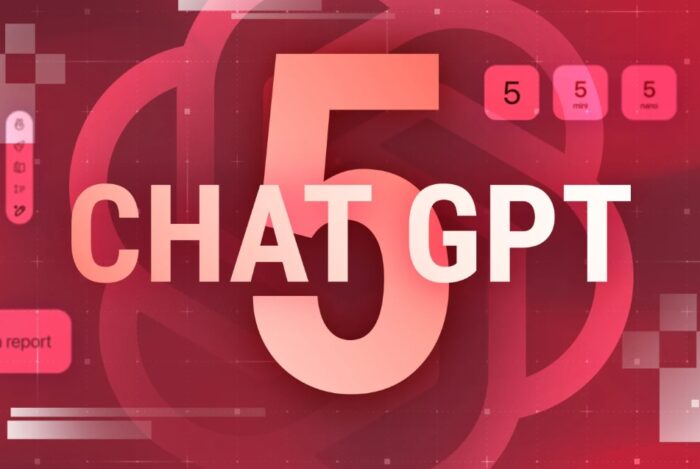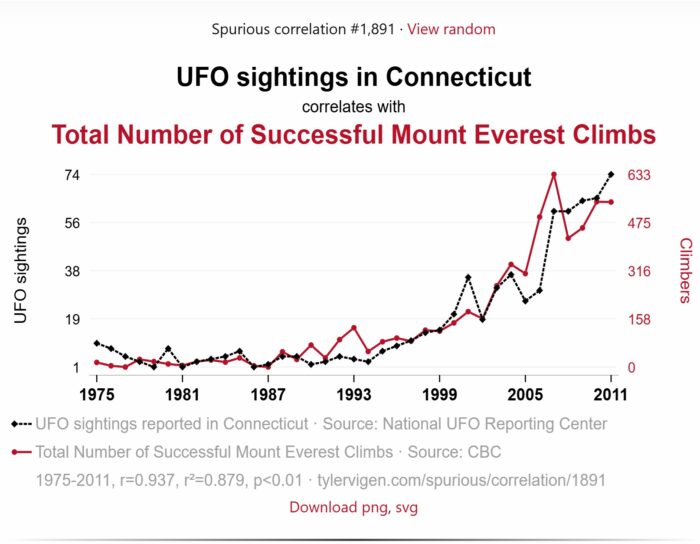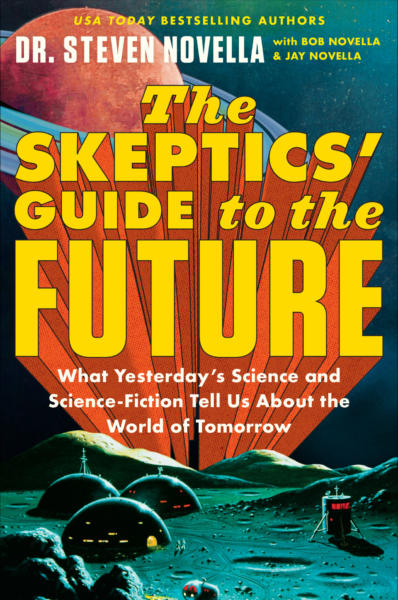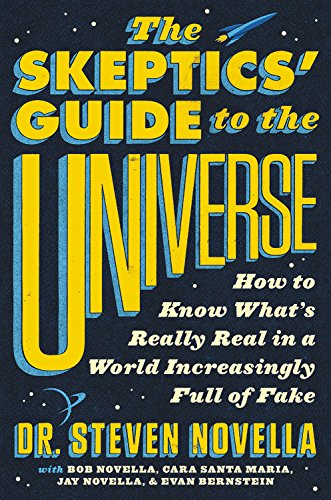Aug
25
2025
 The universe is a big place, and it is full of mysteries. Really bright objects, that can be seen from millions or even billions of light years away, can therefore be found, even if they are extremely rare. This is true of fast radio bursts (FRBs), which are extremely bright and very brief flashes of light in the radio frequency. They typically last about one thousandth of a second (one millisecond). Even though this is very brief, they still represent a massive energy output, and their origins have yet to be confirmed.
The universe is a big place, and it is full of mysteries. Really bright objects, that can be seen from millions or even billions of light years away, can therefore be found, even if they are extremely rare. This is true of fast radio bursts (FRBs), which are extremely bright and very brief flashes of light in the radio frequency. They typically last about one thousandth of a second (one millisecond). Even though this is very brief, they still represent a massive energy output, and their origins have yet to be confirmed.
Recently astronomers have detected the brightest FRB so far seen, and it was relatively close, only 130 million light years away. That may seem far, but most FRBs are billions of light years away (again, indicating that they are relatively rare, because we need a huge volume of space to see them). Because this FRB was bright and close, it gives us an opportunity to examine it in more detail than most. But – this is also made possible by recent upgrades to the equipment we use to detect FRBs.
The primary instrument we use is CHIME (Canadian Hydrogen Intensity Mapping Experiment). As the name implies, this was developed to map hydrogen in the universe, but it is also well-suited to detect FRBs. So far, since 2018, it has detected about 4,000 FRBs. But because they are so brief, it is difficult to localize them precisely. We can see what direction they are coming from, and if that intersects with a galaxy we can say it probably came from that galaxy. But astronomers want to know where within that galaxy the FRB is coming from, because that may provide clues to confirm their origin. So they built “outriggers” – small versions of CHIME spread around North America to effectively increase the size of the CHIME detection area and significantly increase its precision. It was this new setup that detected the recent FRB. What did they find?
Continue Reading »
Aug
21
2025
 Watch this movie trailer before reading on. What did you think? This is an independent Swedish film, originally filmed in Swedish, and then dubbed into English. However, it wasn’t just dubbed in the conventional way – AI was used to convert the facial movements of the actors to the dubbed language.
Watch this movie trailer before reading on. What did you think? This is an independent Swedish film, originally filmed in Swedish, and then dubbed into English. However, it wasn’t just dubbed in the conventional way – AI was used to convert the facial movements of the actors to the dubbed language.
I often like independent films and now there is also a lot of foreign-language films on streaming services like Netflix. But this creates a dilemma – do we watch in the original language with English subtitles, or do we watch a version dubbed into English? Both options, in my opinion, are suboptimal, and my wife and I often disagree about which version we should watch.
The dubbed version often involves bad voice acting that can destroy the vibe of the film. Squid Game is the best recent example of this – the English dubbed version was just bad, and so we watched with subtitles. In the original language you get a much better feel for the acting and the emotion of the actors. Also, when the dialogue is translated for dubbing it is tweaked to match the mouth movements as best as possible (well, it can be), and this is another trade-off. If you don’t do this, in order to preserve the best translation, the out of sync talking can be jarring. If you do, then the dialogue can be significantly different than the original. If you have ever watched a foreign-language film that is both dubbed and with subtitles at the same time you will notice that the two translations are often starkly different.
Continue Reading »
Aug
18
2025
 I have been using Chat GPT since it was first released, so I was interested to see how much of an upgrade the new Chat-GPT 5 is. For those of you living in a luddite cave, Chat-GPT is one of the new artificial intelligence (AI) applications known as an LLM, or large language model. I genuinely use it for personal projects, but also try to put it through its paces just to see how well it works. Here are some of my personal impressions.
I have been using Chat GPT since it was first released, so I was interested to see how much of an upgrade the new Chat-GPT 5 is. For those of you living in a luddite cave, Chat-GPT is one of the new artificial intelligence (AI) applications known as an LLM, or large language model. I genuinely use it for personal projects, but also try to put it through its paces just to see how well it works. Here are some of my personal impressions.
First – it is definitely better than the previous versions. Some of this is aesthetic – 5 is not as effusive and praising as previous versions. It has a more business-like vibe, although still starts off responses with something nice to say, but not as sycophantic. It is extremely capable in terms of organizing information, giving summaries of large documents, and suggesting content. On the creative side, I find it to be vastly superior to the original versions from a few years ago, and incrementally but noticeably better than the previous version. Let me give you can example of what I consider to be a challenging task I gave it.
I uploaded a 200 page document into 5 which is a rules supplement for a table-top roleplaying game (something I have worked on over the last 5 years). I asked for its analysis, and it was pretty impressive. It was able to identify ambiguities and balance inconsistencies in the rules, identify potential synergies that might further unbalance the game, and then generate a table calculating out average stats so that I could directly compare different character builds. Don’t worry if you don’t fully understand what I am referring to (GMs will), this was amazing. This was essentially hours and hours of work completed in literal seconds (much of which I never would have done myself because it would have been hours of work).
Continue Reading »
Aug
12
2025
 This is an interesting story, and I am trying to moderate my optimism. Alzheimer’s disease (AD), the major cause of dementia in humans, is a very complex disease. We have been studying it for decades, revealing numerous clues as to what kicks it off, what causes it to progress, and how to potentially treat it. This has lead to a lot of knowledge about the disease, but only recently resulted an effective disease-modifying treatments – the anti-amyloid treatments.
This is an interesting story, and I am trying to moderate my optimism. Alzheimer’s disease (AD), the major cause of dementia in humans, is a very complex disease. We have been studying it for decades, revealing numerous clues as to what kicks it off, what causes it to progress, and how to potentially treat it. This has lead to a lot of knowledge about the disease, but only recently resulted an effective disease-modifying treatments – the anti-amyloid treatments.
Another line of investigation has focused on lithium – that’s right, the element, and a major component of EV batteries. Lithium has long been recognized as a treatment for various mood and mental disorders, and was approved in 1970 in the US for the treatment of bipolar disorder. That is what I learned about it in medical school – it was the standard of care for BD but no one really new how it worked. It was the only “drug” that was just an element. It had a certain mystery to it, but it clearly was effective.
Now lithium is emerging as a potential treatment for AD. A recent study of lithium in mice has brought the treatment into the mainstream press, so it’s worth a review. Because of lithium’s benefit for BD it was studied for its effects on the brain. But also, it was observed that patients getting lithium treatment for BD had a lower risk of AD. Other observational data, such as levels of lithium in drinking water, also appeared to have this protective association. This kind of observational data is never definitive, but it was interesting enough to warrant further research.
Continue Reading »
Aug
11
2025
 I was sent this news item, Air Force To Use Wyoming-Made Portable Nuclear Reactors To Power Bases, with the comment that this plan is reckless because it puts nuclear reactors in war zones. I disagree, however. Let’s take a look at the details.
I was sent this news item, Air Force To Use Wyoming-Made Portable Nuclear Reactors To Power Bases, with the comment that this plan is reckless because it puts nuclear reactors in war zones. I disagree, however. Let’s take a look at the details.
The background is that a company in Wyoming is planning to build micro-nuclear reactors designed for use at US military bases. These reactor are self-contained, and should be able to be operated for about three years without refueling. When the fuel is exhausted, they are then returned to the company for disposal of the spent nuclear fuel and refueling. This is not a new idea, as these micro-reactors have been in development for some time. They are often similar to or adapted from the types of reactors found on nuclear submarines or other military vessels.
The idea is also the same – there is an extreme tactical advantage to not needing refueling for several years. Nuclear subs can roam around the Earth without needing a constant supply of fossil fuel. US military bases generally get their power from civilian energy grids. They also have diesel generators for backup power. Forward bases in other countries often rely entirely on diesel generators, which means they need daily deliveries of diesel fuel to keep going. A micro-nuclear reactor would eliminate the need for such deliveries. The cited article claims that 20% of recent military casualties occurs when fuel convoys get targeted and attacked.
Continue Reading »
Aug
05
2025
 Did you know that the number of Google searches for cat memes correlates tightly (P-value < 0.01) with England’s performance in cricket World Cups? What’s going on here? Is interest in funny cat videos driven by the excitement created by cricket victories. Perhaps cat memes are especially inspiring to English cricket players. Or more likely, this is just a spurious correlation, despite the impressive P-value.
Did you know that the number of Google searches for cat memes correlates tightly (P-value < 0.01) with England’s performance in cricket World Cups? What’s going on here? Is interest in funny cat videos driven by the excitement created by cricket victories. Perhaps cat memes are especially inspiring to English cricket players. Or more likely, this is just a spurious correlation, despite the impressive P-value.
Every day we are confronted with science news items that report on some correlation between variables. Observational or correlational research makes up a lot of science. But what does this evidence actually mean? The first question one should as when confronted with the claim for a correlation is – is this correlation even real? What I mean is – is this a true correlation resulting from some specific causation, or this is just a random alignment due to pure chance. We need to sort this out before we pontificate on what the correlation might mean. How do we approach this question?
There are a number of questions we can ask:
- How strong is the correlation (statistically speaking)
- How did the observation come about
- What methods were used in determining the correlation
- Has it been independently replicated
- Is there any plausibility to the correlation
Continue Reading »
 The universe is a big place, and it is full of mysteries. Really bright objects, that can be seen from millions or even billions of light years away, can therefore be found, even if they are extremely rare. This is true of fast radio bursts (FRBs), which are extremely bright and very brief flashes of light in the radio frequency. They typically last about one thousandth of a second (one millisecond). Even though this is very brief, they still represent a massive energy output, and their origins have yet to be confirmed.
The universe is a big place, and it is full of mysteries. Really bright objects, that can be seen from millions or even billions of light years away, can therefore be found, even if they are extremely rare. This is true of fast radio bursts (FRBs), which are extremely bright and very brief flashes of light in the radio frequency. They typically last about one thousandth of a second (one millisecond). Even though this is very brief, they still represent a massive energy output, and their origins have yet to be confirmed.
 Watch
Watch  I have been using Chat GPT since it was first released, so I was interested to see how much of an upgrade the new Chat-GPT 5 is. For those of you living in a luddite cave, Chat-GPT is one of the new artificial intelligence (AI) applications known as an LLM, or large language model. I genuinely use it for personal projects, but also try to put it through its paces just to see how well it works. Here are some of my personal impressions.
I have been using Chat GPT since it was first released, so I was interested to see how much of an upgrade the new Chat-GPT 5 is. For those of you living in a luddite cave, Chat-GPT is one of the new artificial intelligence (AI) applications known as an LLM, or large language model. I genuinely use it for personal projects, but also try to put it through its paces just to see how well it works. Here are some of my personal impressions. This is an interesting story, and I am trying to moderate my optimism. Alzheimer’s disease (AD), the major cause of dementia in humans, is a very complex disease. We have been studying it for decades, revealing numerous clues as to what kicks it off, what causes it to progress, and how to potentially treat it. This has lead to a lot of knowledge about the disease, but only recently resulted an effective disease-modifying treatments – the anti-amyloid treatments.
This is an interesting story, and I am trying to moderate my optimism. Alzheimer’s disease (AD), the major cause of dementia in humans, is a very complex disease. We have been studying it for decades, revealing numerous clues as to what kicks it off, what causes it to progress, and how to potentially treat it. This has lead to a lot of knowledge about the disease, but only recently resulted an effective disease-modifying treatments – the anti-amyloid treatments. I was sent this news item,
I was sent this news item,  Did you know that the number of Google searches for cat memes correlates tightly (P-value < 0.01) with England’s performance in cricket World Cups? What’s going on here? Is interest in funny cat videos driven by the excitement created by cricket victories. Perhaps cat memes are especially inspiring to English cricket players. Or more likely, this is just a spurious correlation, despite the impressive P-value.
Did you know that the number of Google searches for cat memes correlates tightly (P-value < 0.01) with England’s performance in cricket World Cups? What’s going on here? Is interest in funny cat videos driven by the excitement created by cricket victories. Perhaps cat memes are especially inspiring to English cricket players. Or more likely, this is just a spurious correlation, despite the impressive P-value.




